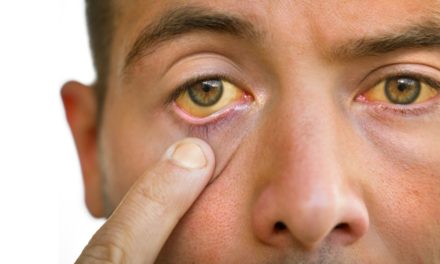Introduction
Conjunctivitis, commonly referred to as “eye flu” or “pink eye,” is a common eye condition characterized by inflammation of the conjunctiva, the membrane covering the front surface of the eye and the inner surface of the eyelids. Thin, transparent membrane. It is a highly contagious disease that can affect people of all ages and causes eye pain and redness. Conjunctivitis can be caused by viruses, bacteria, allergens or irritants, and the appropriate treatment depends on the underlying cause. Understanding the nature of conjunctivitis, its possible causes, types, symptoms and available treatment options is essential to promote early diagnosis and effective management. In this comprehensive article, we’ll review conjunctivitis, its underlying causes, common symptoms, and the most appropriate treatment options to help people find relief and preserve eye health.
Nature of conjunctivitis (Eye Flu)
Conjunctivitis is a condition where the conjunctiva becomes inflamed and irritated. It can affect one or both eyes and often causes redness, itching, and a burning sensation in the eyes. Conjunctivitis can be caused by a virus, bacteria, allergy or irritation, leading to a variety of conditions.
Eye flu symptoms
- Headline
- Pain
- to tear
- Swelling of the eyelids
- Light sensitivity
- Discharges
- itchy
- Some may have blurred vision
Possible causes of conjunctivitis
Conjunctivitis can be caused by various factors, including:
- Viral infection: Viral conjunctivitis is often caused by the same viruses that cause the common cold and is highly contagious.
- Bacterial infection: Bacterial conjunctivitis is usually caused by bacteria and can be spread by direct contact.
- Allergic reactions: Allergic conjunctivitis results from exposure to allergens such as pollen, pet dander, or dust mites.
- Irritants: Conjunctivitis can also be caused by irritants such as smoke, chemicals or contact lenses.
Common symptoms of conjunctivitis
Symptoms of conjunctivitis can vary depending on the underlying cause, but common symptoms include:
- Redness: The eyes may look red or bloodshot.
- Itching: The eyes may itch and burn.
- Watery discharge: Conjunctivitis can cause excessive tearing or watery eyes.
- Crust or sticky eyes: Bacterial conjunctivitis can cause a crust or sticky discharge around the eyes, especially after sleeping.
- Sensitivity to light: Some individuals may experience sensitivity to light (photophobia).
Effective treatment methods
Treatment for conjunctivitis depends on the cause of the condition:
- Viral conjunctivitis: There is no specific treatment for viral conjunctivitis, as it usually clears up on its own within a week or two. Applying warm compresses and artificial tears can relieve the pain.
- Bacterial conjunctivitis: Bacterial conjunctivitis can be treated with antibiotic eye drops or ointment prescribed by a healthcare professional.
- Allergic conjunctivitis: Avoiding allergens and using antihistamine eye drops or oral antihistamines can reduce the symptoms of allergic conjunctivitis.
- Conjunctival irritation: Recognizing and avoiding conjunctival irritation may lead to improvement.
Precautions
To prevent the spread of conjunctivitis and reduce the risk of infection, individuals should:
- Practice good hygiene: Wash hands frequently, especially after touching the eyes or face.
- Avoid touching the eyes: Avoid rubbing or touching the eyes with unwashed hands.
- Avoid sharing personal items: Don’t share towels, washcloths, or eye make-up with others.
- Replace contact lenses properly: Follow proper hygiene and replacement guidelines for contact lenses.
When to seek medical attention
Although most cases of conjunctivitis resolve with proper care and home remedies, individuals should seek medical attention if:
- Symptoms worsen: Symptoms persist or worsen despite home care measures.
- Severe pain: Experiencing severe pain in the eyes or changes in vision.
- Eye injury: Conjunctivitis occurs after an eye injury.
Result
Conjunctivitis, commonly known as “eye flu” or “pink eye,” is a common eye condition that can cause eye pain and redness. Understanding the possible causes, symptoms, and available treatment options empowers individuals to effectively manage and reduce conjunctivitis. Proper hygiene, avoiding irritants and allergens, and seeking timely medical attention when needed are important steps to promote optimal eye health and prevent conjunctivitis progression. With the right approach and support, individuals can get rid of conjunctivitis and maintain healthy and comfortable eyes.










